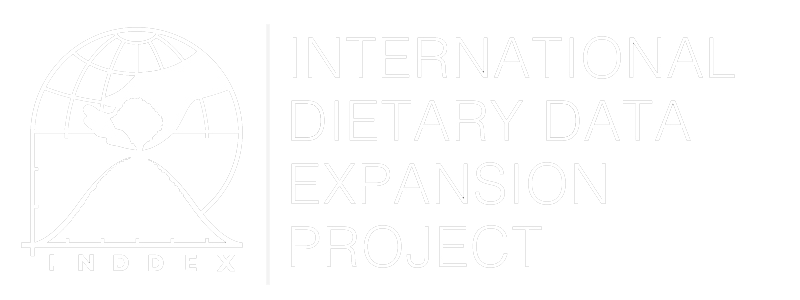Summary
Food Balance Sheets (FBS)—also referred to as national food accounts, supply/utilization accounts, food disappearance data, or food consumption level estimates—are developed by the Food and Agriculture Organization (FAO) of the United Nations in conjunction with national statistics offices. FBS are commonly used data to estimate food supply and its utilization at the national level (FAO, 2001). Foods tracked through the FBS include both primary commodities (e.g. wheat, rice, fruit, vegetables) and a number of processed commodities (e.g. vegetable oils, butter).
FBS data present a comprehensive picture of the pattern of a country’s food supply and show the sources of supply and utilization for each food item (FAOSTAT, 2018). The equation for the calculation of total food supply (food available for consumption), is as follows:
Food available for consumption = starting stocks + (quantity imported + quantity produced) – (quantity exported + seed + animal feed + waste + other non-food uses) - ending stocks (FAO, 2001).
Data on non-commercial food production and detailed information on processed foods are not available in FBS (Coates et al., 2012). Fewer than 100 foods are accounted for in FBS, limiting the level of detail available (Grünberger, 2014). Given the limited level of specificity of foods in FBS it can be difficult to match these food items with food composition databases (FCDB) in order to calculate nutrient availability in the food supply. However, FAO provides information on per capita energy, protein, fat and carbohydrates by matching data to food composition database. In addition, several efforts have been made to match FBS to energy, macronutrients, and a full range of vitamins and minerals (e.g. Smith et al., 2016).
FBS report food available for consumption at the aggregate, national level and do not directly measure food consumption by households or individuals. Therefore, FBS data cannot be disaggregated to determine the distribution of food consumption spatially, seasonally, or by demographic characteristics. Despite some of the limitations of FBS data, one of their key strengths is that they are a free, publicly available data source for almost all countries dating back to 1961 for most variables. FBS data can be accessed through FAOSTAT.
Strengths:
- Standardized data that allow for comparisons over time
- Provides proxy information on trends of population-level consumption patterns based on food available for consumption in food supply
- Easy to access and analyze, as it is publicly available and free to use through FAOSTAT
- Data available for over 245 countries and territories; collected every year starting in 1961 (presented as three-year averages)
Weaknesses:
- Limited specificity foods and processed foods, which prevents nuanced analyses of food supply composition
- Limited specificity of foods and processed foods also hinders making accurate links to food composition databases to assess nutrient availability of the food supply.
- FAOSTAT is updated annually but there is an approximately three-year lag in reporting
- Quality and coverage vary across countries and commodities
- Non-commercial or subsistence production not usually included
